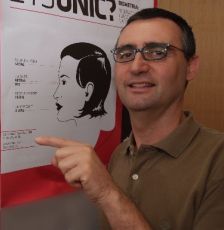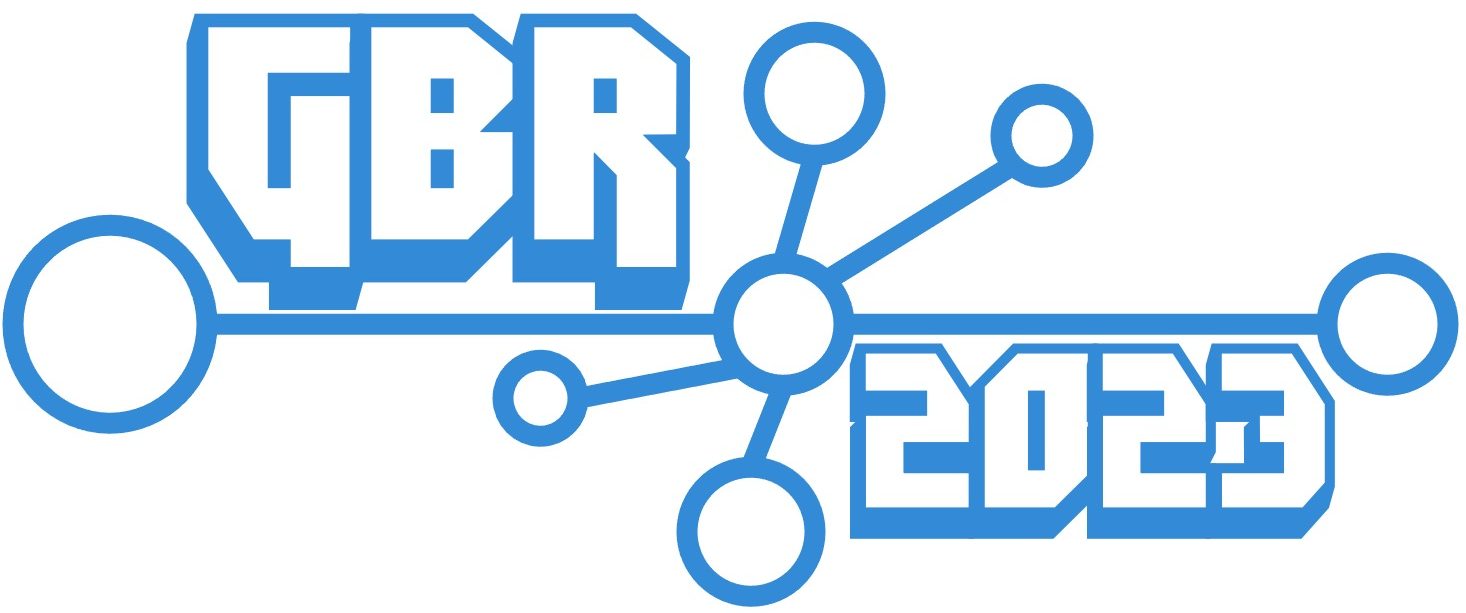
Prof. Walter G. Kropatsch
From LBP on Graphs to Slopes in Images
Brief Bio
From 1990-2021 Walter G. Kropatsch was full professor at TU Wien. He received his diploma degree in Technical Mathematics from the Technical University in Graz. He then moved to Grenoble, France to get the Maître d’Informatique from the University of Grenoble. His PhD in 1982 was on the “Registration of Satellite Images with Maps”.
In 1984 he was invited by Prof. Azriel Rosenfeld to spend a year at the Center for Automation Research of the University of Maryland.
The creation of the first group in Austria dealing with pattern recognition and image processing in 1990 was jointly coordinated with the Austrian Association of Pattern Recognition (AAPR), that he initiated and led from 1984 until 1995.
Under his leadership the AAPR became a member of the International Association of Pattern Recognition (IAPR) in which he held several leading positions, 2004-2006 he was its president. In 1996 he organized the main conference of the IAPR, the International Conference of Pattern Recognition in Wien, Austria. In the same year he founded together with Jean-Michel Jolion the IAPR TC 15 on Graph-Based Representations in Pattern Recognition.
His scientific research focuses on pyramidal representations of images since his collaboration with Azriel Rosenfeld in 1984/85. The current graph-based pyramids follow similar concepts with the advantage that graphs are much more flexible data structures than the regular grids as currently used as architectures in deep learning. In his more than 400 scientific contributions many other concepts and applications have been addressed.
He is currently senior editor of the journal of Electronic Imaging, and associate editor of the journal “The Visual Computer” and of several special issues in Pattern Recognition and Pattern Recognition Letters.
Abstract
Local Binary Patterns (LBP) are efficient texture descriptors by a binary code comparing the differences of grey values between a center pixel and its neighbors. This works well if the number of neighbors is constant (i.e. 4 or 8) like in digital images.
We introduce an equivalent code on graphs that allows the vertices to have different degrees. LBPs determine critical points (minima, maxima, saddles) without explicit differentiation even on plane graphs and the known drawbacks of differentiation in the presence of noise. Maximal monotonic profiles (1D curve) connect a local minimum with a local maximum while the 1D LBP between two successive extrema is always the same. A bounded range of values causes a long profile to have lower (average) inclination corresponding to a low contrast in images.
We propose to build a graph pyramid by successively contracting edges with lowest contrast and preserving critical points as much as possible. In contrast to most previous pyramid constructions these selections preserve not only the grey value range and the critical points but more importantly the high frequencies corresponding to the remaining high contrasts. Images can be reconstructed from a high pyramid level by simple inheritance from parents to childs. It is surprising how difficult it is to visually see the difference between the original image and a reconstruction using only a small percentage of colors/grey values.
We further explore the scientific question of what characterizes the neighborhoods of the critical points at a high pyramid level. We define slopes as regions of the image domain where every pair of points can be connected by a monotonic path. Such a slope can contain a single local maximum and a single local minimum but no saddle point strictly inside its domain. Saddles appear exclusively along the boundaries of slopes. The diversity of slope regions allows to partition images beyond internal and external contrast.
Several further interesting properties of slopes will be addressed during the talk.

Prof. Francesc Serratosa
Face to face: Graphs and Biotechnology
Brief Bio
Francesc Serratosa is a Full Professor of computer science at the Universitat Rovira i Virgili in Tarragona, Catalonia (Spain).
He received his computer science engineering degree from the Universitat Politècnica de Catalunya (Barcelona) in 1993 and he received his Ph.D. from the same University in 2000.
He is active in research in the areas of Computer Vision, Machine Learning and Artificial Intelligence applied to Biotechnology and Aquaculture. He has published more than 170 papers and he is an active reviewer in research projects, congresses and journals. He is the author of 4 patents.
He appears in the list of the 2% most influential researchers in the world, presented in “Updated science-wide author databases of standardized citation indicators, Plos Biology, 2020” and “Updated science-wide author databases of standardized citation indicators”, Elsevier BV, 2021
Web page: https://deim.urv.cat/~francesc.serratosa/
Abstract
A chemical compound is basically a structural element. Nevertheless, until some years ago, non-structural representations, such as vectors, were used in machine learning applications, which predict compound toxicity or drug potency.
Currently, several machine learning methods have appeared in biotechnology that are feed by structural representations of chemical compounds, such as attributed graphs. This tendency change has emerged due to the appearance of more powerful machine learning methods boosted by the increase of computational power of servers and personal computers.
In this talk, several methods are going to be commented, ranging from the first graph matching methods to some of the latest tendencies related to graph machine learning. These methods have been applied in biotechnology to fields such as chemical compound classification, drug potency prediction and nanocompound toxicology prediction. More specifically, the aim is to remember and present old methods such as graph edit distance, K-nearest neighbours or graph embedding. But also, the aim is to comment the current methods such as graph convolutional networks, graph autoencoders, graph regression or saliency maps.
